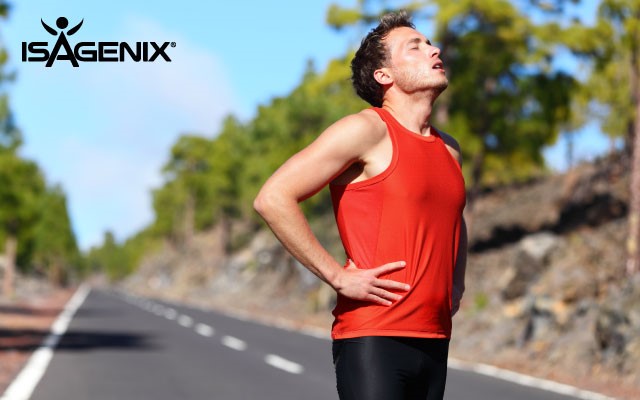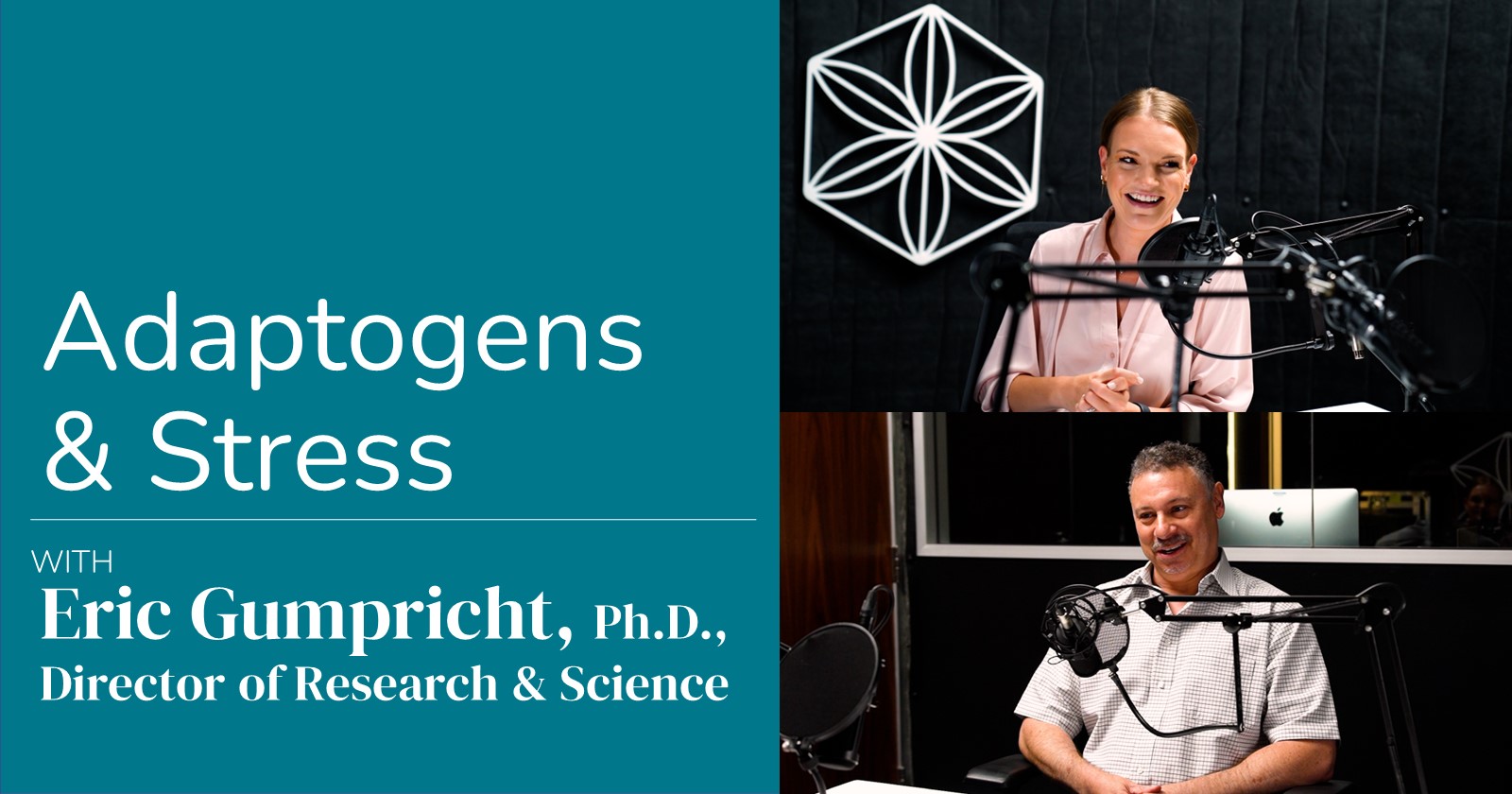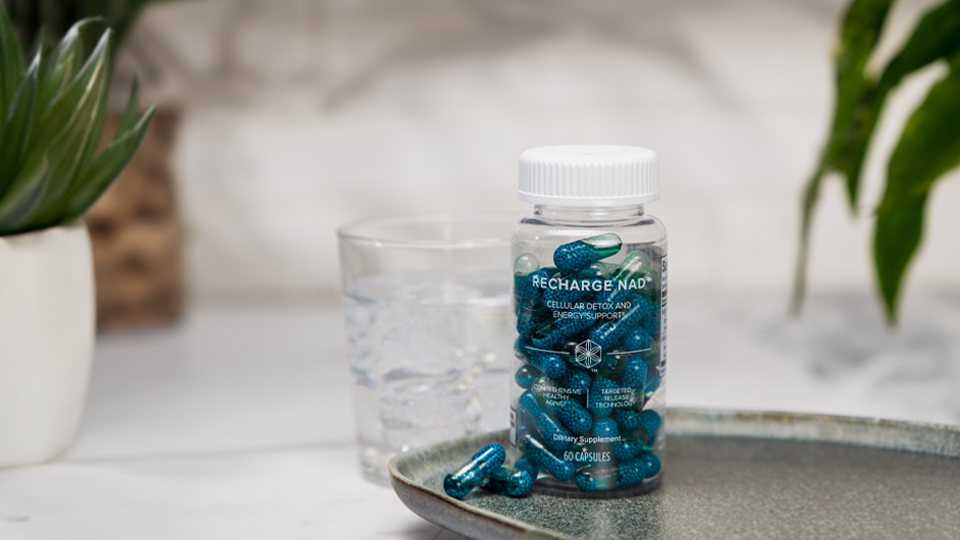Anyone who regularly runs or cycles long distances knows that the fuel used to support those activities can be just as important as the training itself. Many athletes are looking to support the correct fuel and training regimens even further with dietary supplementation to enhance their performance.
Carbohydrates are king as fuel in the endurance world. However, both caffeine and nitrates have been hot topics in sports nutrition for better use of fuel and oxygen for performance. At the June conference of the American College of Sports Medicine in Denver, there were more than 30 presentations on caffeine and nitrates.
The collective research supports the idea that both caffeine and nitrate supplementation together may be the extra boost needed by endurance athletes. They work together in different ways to support cardiovascular fitness and improve endurance performance outcomes.
Caffeine
Caffeine, like that in e+™ and Isagenix Coffee, has a powerful effect on performance times. In time-trial studies on cyclists, researchers have shown improved completion times of as much as 3-5 percent (1,2). In a sport where 0.5-1.5 percent improvements in performance can be the difference between winning and losing, caffeine supplementation provides that ever-sought-after competitive edge.
Numerous research studies support the use of caffeine for runners as well. It is well documented that caffeine improves time-trial times in events both lasting several hours and short duration high-intensity sprints (3).
You also don’t have to be an elite athlete to see benefits. In a study of five-kilometer time trials in both well-trained and recreational runners, results showed approximately a one percent faster time in runners who ingested caffeine prior to the race (3).
Caffeine recommendations for endurance athletes are to consume a modest dose between 15 minutes and six hours prior to exercise (4). Researchers agree that modest doses of caffeine (200-400 milligrams or 2-4 cups of brewed coffee for a 150-pound person) is enough for exercise gains (5). Ingesting more does not necessarily equal better results.
There’s also no reason to abstain from caffeine before competition. A recent study shows that habitual caffeine users have similar effects on performance as athletes who do not regularly consume caffeine (6).
Nitrates
Supplementation with dietary nitrate, a key ingredient in AMPED™ NOx, has demonstrated effects for supporting blood flow through increased plasma nitric oxide concentrations (7). While most research does not show significant improvements in time trials, it has been shown that there is a reduced ATP cost of muscle force production and enhanced muscle efficiency. This translates to a reduced oxygen cost of submaximal exercise (8).
In a study of treadmill walkers and runners, nitrate supplementation in the form of beetroot juice reduced the oxygen cost at low intensities. The same study looked at time to exhaustion in severe-intensity treadmill running and found a 15 percent increase compared to placebo (9).
Nitrate supplementation has the best effects on performance when taken two hours before a workout. Plasma nitrate concentration typically peaks two to three hours after supplementation and remains elevated for up to 24 hours (8).
Caffeine + Nitrates
The research is limited when the effects of caffeine and nitrates are combined under experimental conditions. One study in trained cyclists found the combination of caffeine and nitrate supplementation caused improvements by as much as 46 percent compared to placebo for time to exhaustion (7). The same study found lower ratings of perceived exertion during time to exhaustion at 80 percent of maximum effort.
What does this mean for you? The caffeine in e+ and nitrates in AMPED NOx can support your workouts when either taken together or apart. Enjoy a bottle of AMPED NOx about two hours prior to working out and then an e+ shot or Isagenix Coffee 15 minutes before. Then get ready to have a great workout.
References
- Desbrow B, Biddulph C, Devlin B, Grant GD, Anoopkumar-Dukie S, and Leveritt MD. The effects of different doses of caffeine on endurance cycling time trial performance. J Sports Sci. 2012; 30(2): 115-20. doi: 1080/02640414.2011.632431.
- Hodgson AB, Randell RK, and Jeukendrup AE. The metabolic and performance effects of caffeine compared to coffee during endurance exercise. PLoS One. 2013 Apr; 8(4): e59561. doi: 1371/journal.pone.0059561.
- O’Rourke MP, O’Brien BJ, Knez WL, and Paton CD. Caffeine has a small effect on 5-km running performance of well-trained and recreational runners. J Sci Med Sport. 2008 Apr 30;11(2):231-3.
- Roslanova E and Morris DM. Time-course diuresis during sodium-aided hyperhydration protocols with and without caffeine. Med Sci Sport Ex. 2017 May; 49(5): S624.
- Goldstein ER, Ziegenfuss T, Kalman D, Kreider R, Campbell B, Wilborn C, Taylor L, Willoughby D, Stout J, Graves BS, Wildman R, Ivy JL, Spano M, Smith AE, and Antonio J. International society of sports nutrition position stand: caffeine and performance. J Int Soc Sport Nutr. 2010 Jan 27; 7(1):5.
- De Souza Goncalves L, de Salles Painelli V, Yamaguchi G, de Oliverira LF, Saunders B, da Silva RP, Maciel E, Artioli GG, Roshel H, Gualano B. Dispelling the myth that habitual caffeine consumption influences the performance response to acute caffeine supplementation. J Appl Physiol. 2017 May 11: jap-00260.
- Handzlik MK and Gleeson M. Likely additive ergogenic effects of combined preexercise dietary nitrate and caffeine ingestion in trained cyclists. ISRN nutrition. 2013 Dec 14; 2013.
- Lane SC, Hawley JA, Desbrow B, Jones AM, Blackwell JR, Ross ML, Zemski AJ, Burke LM. Single and combined effects of beetroot juice and caffeine supplementation on cycling time trial performance. Appl Phys, Nutr, and Metab. 2013 Oct 29; 39(9): 1050-7.
- Lansley KE, Winyard PG, Fulford J, Vanhatalo A, Bailey SJ, Blackwell JR, DiMenna FJ, Gilchrist M, Benjamin N, and Jones AM. Dietary nitrate supplementation reduces the O2 cost of walking and running: a placebo-controlled study. J Appl Physiol. 2011 Mar; 110(3): 591-600. doi: 1152/japplphysiol.01070.2010





